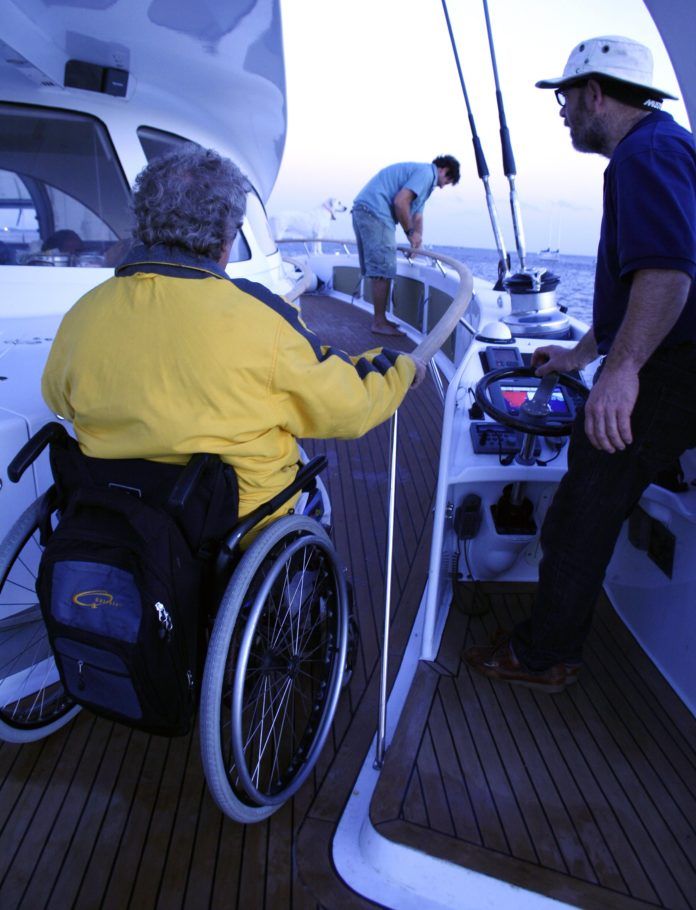With more than four decades in the business of designing and building boats, Catalina Yachts chief engineer and designer Gerry Douglas has had a front row seat to the ongoing evolution of yacht design. He also has a strong view on how and why some designs meant for the cruising sailor can go awry. As Douglas points out, many new and used boats being touted as ideal cruisers are strongly influenced by the various measurement systems for offshore racing. Our independent sailboat tests often allude to this influence, tracing a particular boat back to the Cruising Club of America era, or the less popular International Offshore Rule (IOR). Douglas is one of the few contemporary sailboat designers who has resisted the urge to latch on to the latest racing design trends and incorporate them in his cruising boats.
There are many obvious, common sense reasons why its not a good idea to use a successful racing yacht as a template for a boat that will be used strictly for cruising. Winning ocean racing boats are usually fully crewed, actively helmed, and seldom serve as long-term homes for their owners or crew. They need not creep into shallow anchorages for a night at anchor. Comfortable motion at sea is not chief concern. Their crew doesn’t have a single artificial joint among them.
A cross-over racer-cruiser could certainly indulge in some of the go-fast features we addressed in our August 2015 article on high-performance cruisers. However, as we find in our upcoming look at on board ergonomics, even subtle visual tweaks to make a boat look like a fast racing boat can have unintended consequences.
In the February 2016 report on boat ergonomics, PS tester Drew Frye examined how many of the new boats appearing at the U.S. sailboat shows seem to have put very little thought into addressing the mobility limits of people over age 55, who represent a larger share of their customer base. Getting boat furniture, stairs and passages to conform to the anthropometric measurements used by shore-bound building and furniture designers has always been difficult due to the limited onboard space. But as Frye found, some of the most egregious offenders are the big catamarans, boats that have plenty of room to make ergonomic adjustments.
As PS Technical Editor Ralph Naranjo, author of “The Art of Seamanship,” pointed out in his report on sailboat cockpit design, one look at the average navigation station or helm seat on a cruising boat and you can see how the most basic ergonomic principles on lines of sight, sitting posture, standing posture are, so it seems, utterly ignored. Stairs, handholds, settee seats, and bunks are built to conform to the builders budget, not the sailors lumbar. And once you start moving around some of these boats, the obstacle course is like something dreamed up by a chiropractor drumming for new business.
Building a boat to fit the human body does not need to be any more expensive than building one that does not. But it needs to begin early, in the design phase. Traffic flow, work stations, sitting stations all need to be taken into account before hull and liner plugs are built. Sadly, this does not happen, and it is left up to us, the owners to make things right.
If you have some modifications you’ve made to your own boat to make it more comfortable to work and live on, wed like to hear about them. Send your ideas to[email protected], so we can share them with others.





































